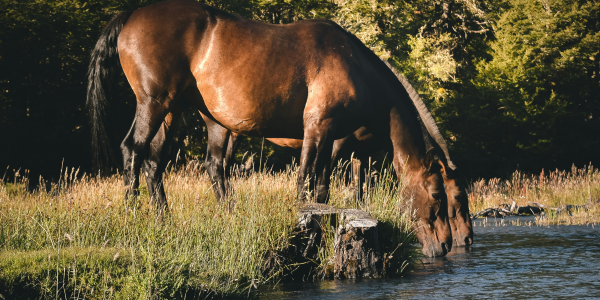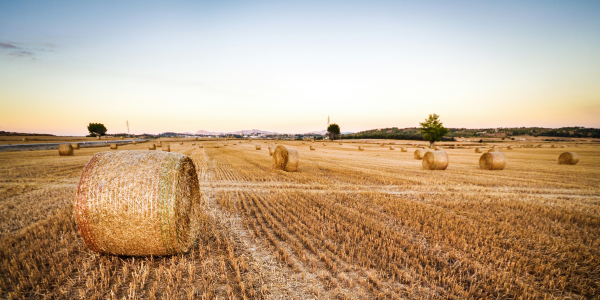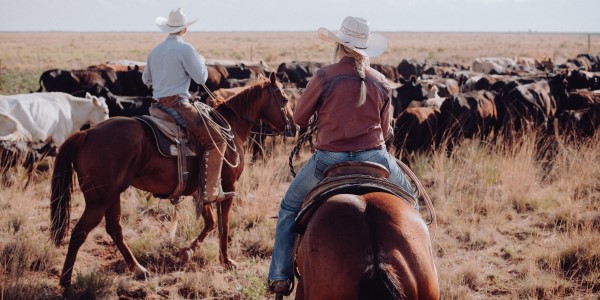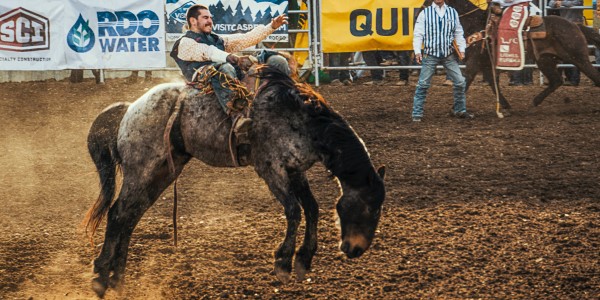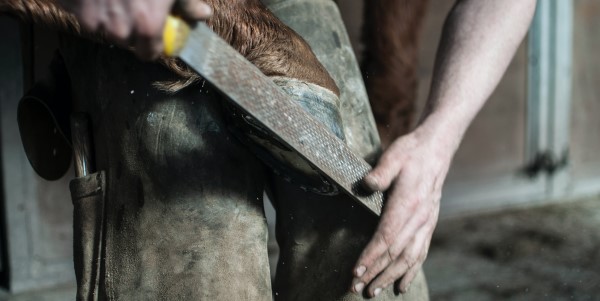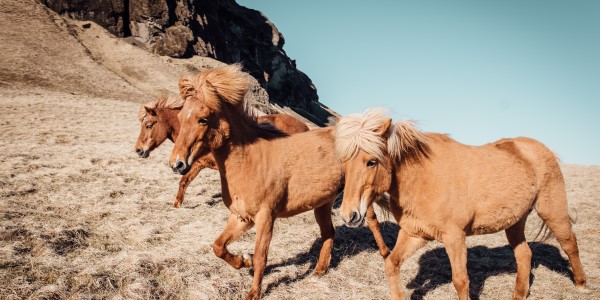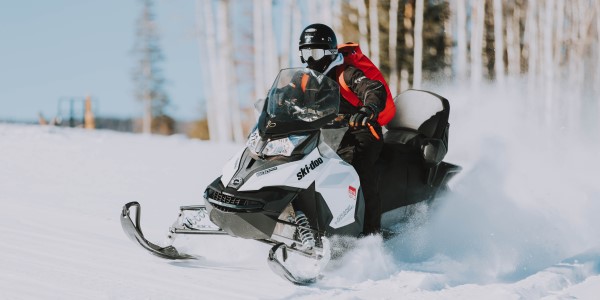In equine care, keeping horses hydrated is a year-round priority. Also, electrolytes play a pivotal role. Horses can experience dehydration not only in hot weather but also during exercise. It can happen for various reasons, particularly during colder months. As winter settles in, horses often reduce their water intake, contributing to increased risks. Continue reading for more information on winter horse hydration. Also, if you are looking for a horse property for sale in Colorado, contact Colorado Horse Property today and speak with one of our horse-person realtors.
Horse Hydration Tips For Winter
Ensuring adequate hydration for horses is a year-round imperative, and administering electrolytes plays a crucial role in achieving this goal. Dehydration, a concern not limited to exercise-induced sweating and high temperatures, becomes pronounced during colder seasons when horses often reduce their water intake. The resulting decrease in water consumption significantly contributes to a surge in impactions and gas colics during this period. To counter this, a key strategy involves enhancing electrolyte intake in the horse’s diet. Electrolytes are essential agents in retaining water within the body. Administering electrolytes in the feed facilitates their absorption into the bloodstream, establishing an osmotic gradient that pulls water from the gut into the blood.
Insufficient gut water triggers a thirst response in the horse when electrolytes are present in the blood. Electrolytes are crucial in defending against cold weather dehydration, as important in winter as in summer. Recognizing dehydration’s multifaceted nature and heightened risk in colder months underscores the importance of electrolyte supplementation. Understanding how electrolytes encourage drinking and combat dehydration allows horse owners to proactively safeguard their equine companions. This ensures their well-being remains intact, irrespective of the season.


